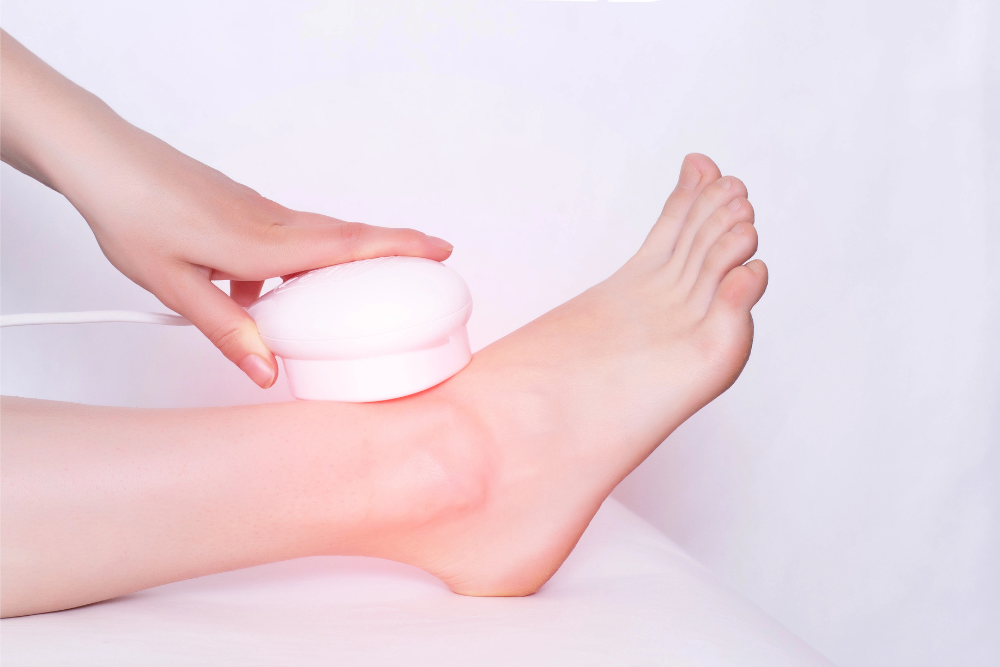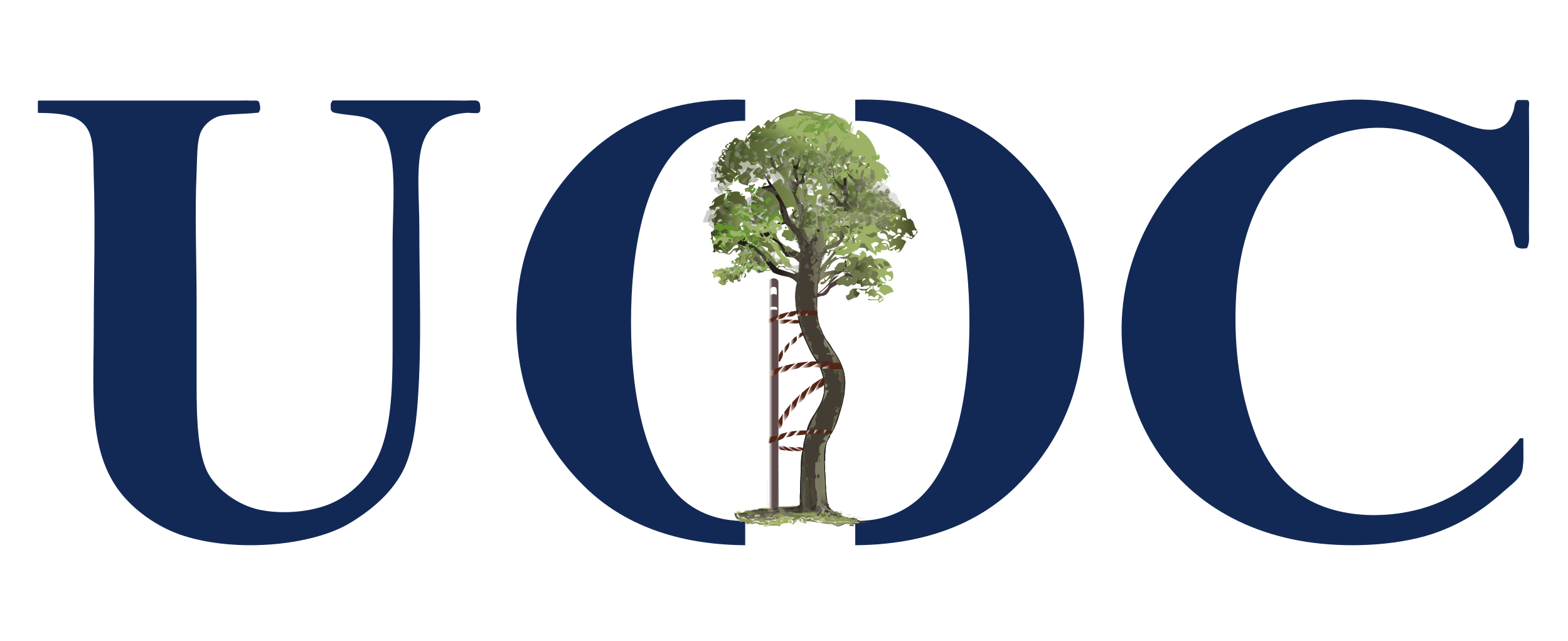Top 5 Benefits of MLS Laser Therapy for Achilles Tendonitis Relief

Achilles tendonitis is a frustrating condition that can derail daily activities, workouts, and even basic mobility. It’s common among athletes, runners, and anyone who engages in repetitive movements that put stress on the Achilles tendon. The pain, stiffness, and swelling can linger for weeks or even months, making it difficult to find an effective treatment that provides lasting relief.
Traditional approaches like rest, physical therapy, and anti-inflammatory medications help, but they often require long recovery periods. For those looking for a faster and more effective way to heal, Multiwave Locked System (MLS) laser therapy is emerging as a game-changer. This advanced, non-invasive treatment for Achilles tendonitis is helping individuals recover more quickly while reducing pain and inflammation at a cellular level.
Understanding Achilles Tendonitis
The Achilles tendon is the largest and strongest tendon in the body, connecting the calf muscles to the heel bone. It plays a crucial role in walking, running, jumping, and almost every movement involving the lower leg. However, because it absorbs a great deal of stress, it’s prone to overuse injuries like Achilles tendonitis.
Achilles tendonitis occurs when the tendon becomes irritated and inflamed due to repetitive strain. This condition can be acute (sudden onset) or chronic (persistent pain over time). Many people develop it after increasing their activity level too quickly, wearing improper footwear, or having biomechanical imbalances like flat feet or tight calves. The condition often starts as mild stiffness but can progress to severe Achilles tendon pain and limited mobility if not treated properly.
Traditional Treatment Challenges
Standard treatments for Achilles tendonitis include rest, ice, stretching, and nonsteroidal anti-inflammatory drugs (NSAIDs). Physical therapy is often recommended to improve flexibility and strengthen the surrounding muscles. In severe cases, immobilization with a walking boot or brace may be required.
While these treatments can help, they have drawbacks. Rest and ice provide only temporary relief, NSAIDs carry the risk of side effects, and physical therapy takes time to show results. Worse yet, Achilles tendon injuries have a frustrating tendency to linger. Since the tendon has a relatively low blood supply compared to muscles, healing is often slow. This is where MLS laser therapy for Achilles tendonitis comes in—it enhances the body’s natural healing process at the cellular level, significantly accelerating recovery.
How MLS Laser Therapy Works
MLS (Multiwave Locked System) laser therapy is an advanced form of light therapy that uses two synchronized wavelengths of laser energy to promote healing, reduce inflammation, and provide Achilles tendon pain relief. Unlike traditional cold laser therapy, which uses a single wavelength, MLS laser therapy combines both pulsed and continuous laser emissions. This dual-wavelength approach allows for deeper penetration into tissues and more efficient cellular repair.
The two wavelengths used in MLS laser therapy serve different but complementary functions:
- The 808nm wavelength (continuous emission): This penetrates deep into the tissue to stimulate cellular metabolism, increase blood circulation, and enhance tissue repair.
- The 905nm wavelength (pulsed emission): This targets inflammation and reduces swelling, providing pain relief without generating heat that could potentially damage tissues.
The combination of these two wavelengths ensures that MLS laser therapy benefits are both effective and safe, making it a superior option for treating Achilles tendon pain.
Best Treatment for Achilles Tendon Pain: How MLS Laser Therapy Helps
MLS laser therapy offers multiple benefits for those suffering from Achilles tendonitis. The treatment works by targeting the root causes of pain and inflammation while enhancing the body’s ability to repair itself. Here’s how it helps:
Reduces Inflammation Quickly
Inflammation is a major source of pain and discomfort in Achilles tendonitis. When the tendon is irritated, the body’s natural response is to send inflammatory cells to the area, causing swelling and stiffness. The MLS laser works at the cellular level to reduce inflammation by promoting the release of anti-inflammatory cytokines while improving lymphatic drainage. This means less swelling, less pain, and a faster recovery process.
Enhances Cellular Repair and Regeneration
Achilles tendon injuries take longer to heal because the tendon has limited blood supply compared to muscles. The MLS laser therapy increases microcirculation in the affected area, allowing more oxygen and nutrients to reach the tendon. This stimulates the production of ATP (adenosine triphosphate), which is the energy source for cellular repair. As a result, damaged tendon fibers regenerate faster, reducing recovery time significantly.
Relieves Pain Without Medication
Many people with Achilles tendonitis rely on painkillers or anti-inflammatory drugs to manage discomfort. However, these medications only mask the symptoms and don’t address the underlying issue. MLS laser therapy provides natural Achilles tendon pain relief by blocking pain signals at the nerve level. The laser stimulates the release of endorphins—our body’s natural painkillers—while also reducing nerve sensitivity in the affected area. This means less reliance on medication and a safer approach to pain management.
Prevents Chronic Tendon Damage
If left untreated, Achilles tendonitis can progress to a more serious condition known as Achilles tendinosis, where the tendon degenerates and weakens over time. This increases the risk of partial or complete tendon rupture, which often requires surgery. MLS laser therapy not only helps in the short term by relieving pain but also promotes long-term tendon health by stimulating collagen production. Collagen is essential for maintaining tendon strength and elasticity, reducing the risk of further injury.
Laser Therapy vs. Surgery for Achilles Pain
For many patients, MLS laser therapy is a viable alternative to surgery. Surgery for Achilles tendonitis involves cutting and repairing the tendon, often requiring extensive recovery and rehabilitation. Laser therapy vs. surgery for Achilles pain presents a clear advantage for non-invasive healing. Surgery comes with risks such as infection, scarring, and long recovery times, whereas MLS laser therapy allows for quicker recovery with no downtime.
When to See an Orthopedic Doctor or Orthopedic Surgeon in Los Angeles
For severe cases of Achilles tendonitis that do not respond to conservative treatments like MLS laser therapy, an orthopedic doctor in Los Angeles may need to be consulted. If non-surgical treatments are unsuccessful, an orthopedic surgeon in Los Angeles may recommend surgery as a last resort.
However, for most patients, a podiatrist in Los Angeles is the best first step. Podiatrists can diagnose Achilles tendonitis early and recommend effective treatments like MLS laser therapy to prevent further complications.
Conclusion
Achilles tendonitis can be a debilitating condition, but MLS laser therapy offers a cutting-edge solution for faster recovery. By reducing inflammation, enhancing cellular repair, and relieving pain naturally, this advanced treatment helps individuals get back on their feet without the frustration of prolonged downtime. Whether you’re an athlete eager to return to training or someone simply looking to move without pain, MLS laser therapy provides a powerful, non-invasive treatment for Achilles tendonitis.
If you’re struggling with Achilles tendon pain, consider consulting a podiatrist in Los Angeles or an orthopedic doctor in Los Angeles to explore MLS laser therapy benefits. Don’t let foot pain limit your lifestyle—seek expert care today!



